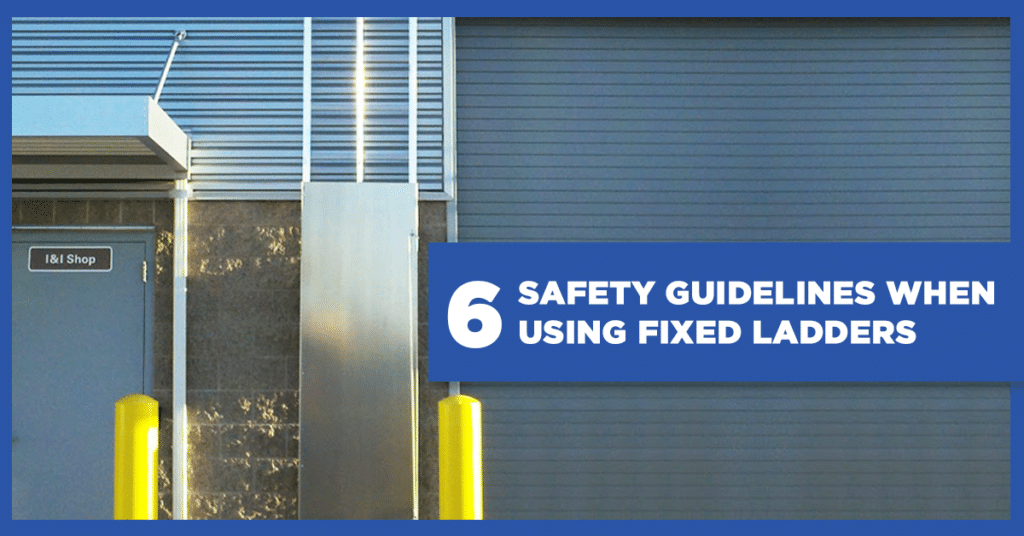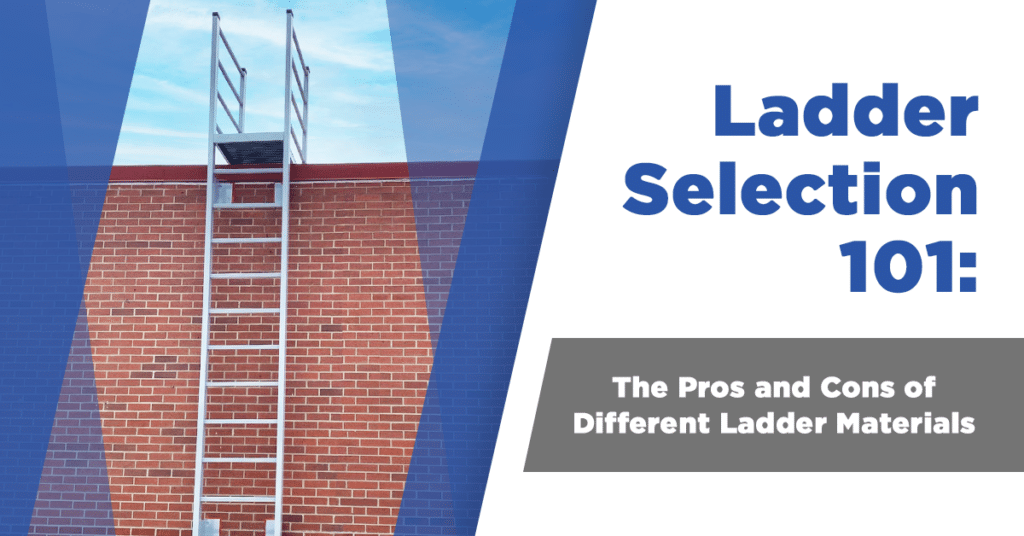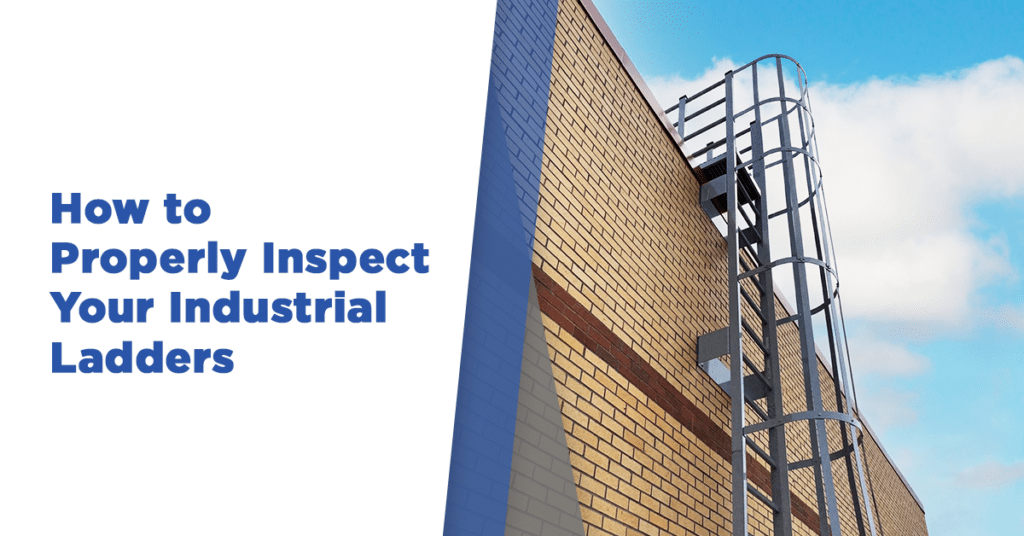
Fixed ladders are durable pieces of equipment that are permanently attached to a structure. By providing maximum safety and convenience, these tools are used for various applications, such as providing access to rooftops, manholes, and hatches within a facility.
If your employees need to work in high places or manage inconvenient areas in your commercial or industrial space, installing a fixed ladder will greatly benefit your operations, while ensuring the safety of your workers.
When using fixed ladders, taking the necessary precautions is an absolute must. Around 40% of fall-related injuries are caused by the misuse of ladders, and this figure should be a great cause for concern. With that said, it’s vital for both employers and staff to educate themselves on basic safety protocols.
As a means of preventing injuries and other mishaps in the future, you should take a look at these safety guidelines when utilizing any kind of commercial ladder.
1. Limit areas to certain personnel
If you want to reduce the occurrence of ladder-related injuries, you should consider limiting hazardous areas to qualified personnel. Apart from granting permissions to authorized individuals, this implies that you need to set company-wide policies and impose sanctions for those who break the rules.
In case that a worker needs to access these areas, ensure that they are properly trained to handle such equipment. This will help you reduce the rate of injuries and accidents around your workspace.
2. Avoid wearing slippery shoes and gloves when climbing
When handling tasks that require the use of fixed ladders, make sure that you’re wearing the right attire to keep yourself safe from preventable risks.
Your shoes shouldn’t have a slippery base, and that the gloves you’ll be using must be able to support your grip. Having the right pieces will ensure that you have a stable foundation with each step you climb.
3. Invest in ladder accessories
Apart from wearing proper attire, consider investing in other safety equipment as well. For instance, non-slip shoes only provide a limited amount of protection, so it’s worth purchasing ladder accessories such as rest platforms and arrest systems.
In the event that you slip during your climb, these tools will break your fall and prevent serious injuries.
If needed, use special grip gloves that allow you to create a steady and solid foundation with each step you climb. Using such gloves can help you better grip the handles of the ladder.
4. Postpone ladder-related endeavors during bad weather
If your ladder is exposed to rain, postpone any type of work until the weather has subsided. Just like any other surface, rainfall can make the steps of your ladders prone to slippage. Additionally, climbing in the presence of strong winds and lightning can ruin one’s balance and concentration, eventually leading into a serious injury.
5. Report any sort of defects immediately
Regardless of their frequency of use, all employers should adhere to periodical equipment checkups. Taking a proactive approach to maintenance will ensure the safety of your workers and prevent deterioration caused by wear and tear.
When inspecting your ladders, be on the lookout for loose screws, cracks, and signs of corrosion. Most importantly, report and fix any spotted defects as soon as possible.
6. Use customized solutions
Different facilities may require different types of solutions. If you feel that the fixed ladders you found online can’t support your needs, don’t be afraid to consult with the experts. Fixed ladder manufacturers are highly flexible and can tailor-fit their solutions accordingly.
If you require custom ladders that adhere to ANSI and OSHA standards, you’ve come to the right place. By partnering with O’Keeffe’s, you can be assured that all of your unique needs will be addressed. With more than 80 years of experience under our belt, we can confidently say that our solutions will guarantee your safety and convenience.
Taking the extra steps for safety
Ladders are an essential tool, especially in the case of those who are working in hard industries. If your employees need to work in impractical areas regularly, having one installed will be one of your best investments. Giving them a steady platform to work with will enable them complete tasks while helping you avoid life-threatening incidents.
As you look at different providers, it’s important that you take the necessary precautions. Now that you have the tips above in mind, it should be easier for you to keep accidents and injuries at bay. For quality and safety ensured ladders, contact us to learn more.


Recent Comments